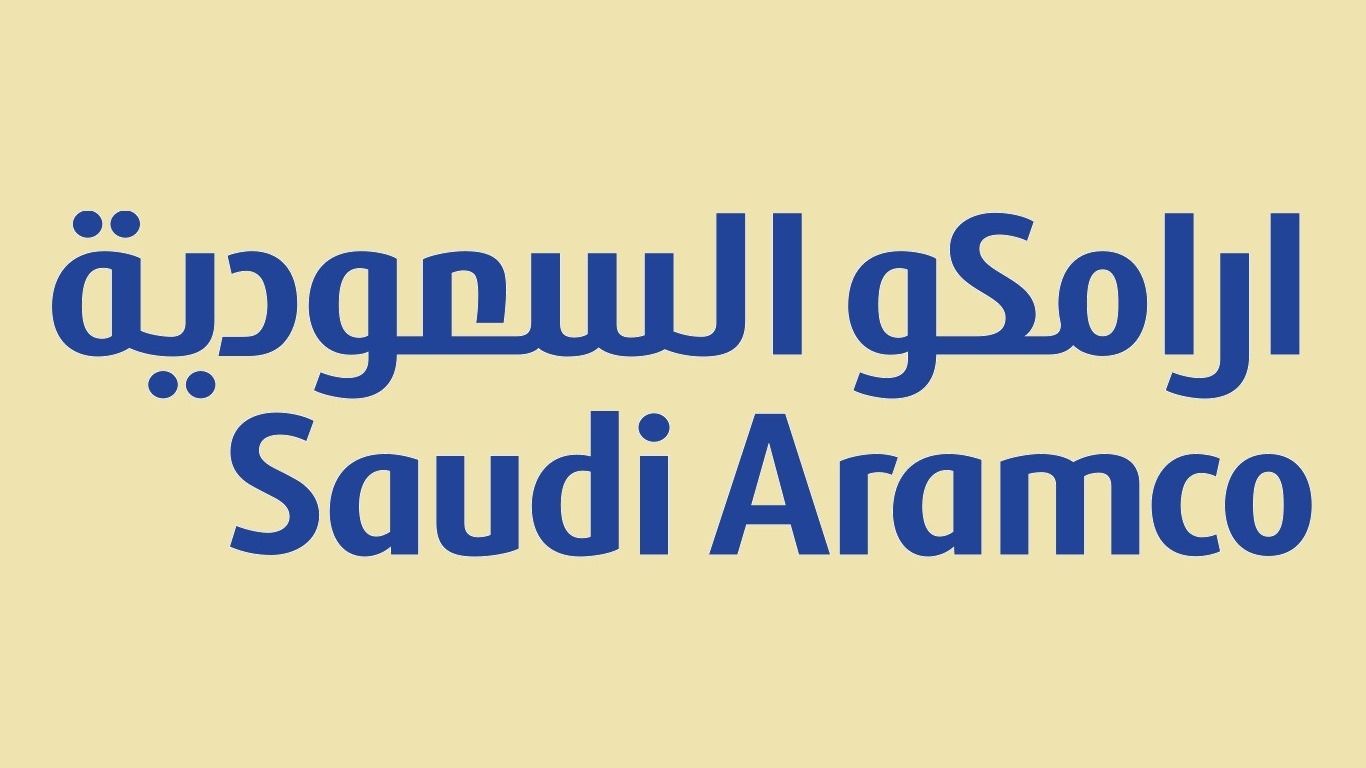
Brent crude oil sold for an average of $43.55 a barrel in 2016. To refresh your memory, that was the year that OPEC, particularly Saudi Arabia, chose to fight rising U.S. production by flooding the market with crude. That was the lowest average Brent crude price since 2004. A barrel of Brent crude averaged around $71 in 2018.
In 2016, Saudi Aramco posted revenue of about $134.6 billion and net income of about $13.3 billion. Last year the company reported revenue of $315.2 billion and net income of $111.1 billion.
These numbers are included in the company’s prospectus for a bond offering that could price as early as Tuesday and is expected to generate about $10 billion for the world’s most profitable company. Saudi Arabia’s energy minister, Khalid al Falih, said Monday morning that demand for the bond exceeds $30 billion, but most observers expect that the offering will be limited to $10 billion. The money will be used as a down payment on Aramco’s $69 billion acquisition of Saudi Arabia’s petrochemical giant, Saudi Basic Industries Inc. (AKA, Sabic).
The interesting part of the bond offering for many oil industry watchers is the insight the prospectus offers into Saudi Aramco’s business. The company revealed, for example, the country’s proved crude oil reserves of 261.5 billion barrels and total hydrocarbon reserves of 336.2 billion barrels of oil equivalent. Aramco’s share of the reserves is 256.9 billion barrels of oil equivalent, enough to produce for another 52 years.
The prospectus also noted that Aramco’s operating costs in 2018 totaled around $7.70 per barrel of oil equivalent. Those costs have not dropped significantly in three years, so how can the company post a profit of just $13.3 billion as it did when a barrel of Brent cost around $45 unless the production costs are significantly higher than $7.70 a barrel?
Robert Rapier, a chemical engineer who works in the energy industry and also writes a column for Forbes, suggests that Aramco’s real break-even price on a barrel of crude is around $40, not the $10 figure that has long been the estimate analysts have used. The implication, according to Rapier, is that crude prices will never again fall below $50 a barrel if the Saudis have anything to say about it. Below that level and the Saudis cannot meet its budget requirements.
There is one scenario that the Saudis can’t overcome, however: global demand for crude oil drops as it is replaced by other energy sources. Will that happen in the next 52 years? Aramco does not want a drop of oil left in the ground when the world’s energy supply finally stops depending on oil and gas. As demand falls over the next decades, crude prices very likely will rise before they fall. But fall they eventually must, and then what will Aramco do? The company is spending $69 billion to buy a plastics business. That should be a hint.
Thank you for reading! Have some feedback for us?
Contact the 24/7 Wall St. editorial team.
 24/7 Wall St.
24/7 Wall St.


